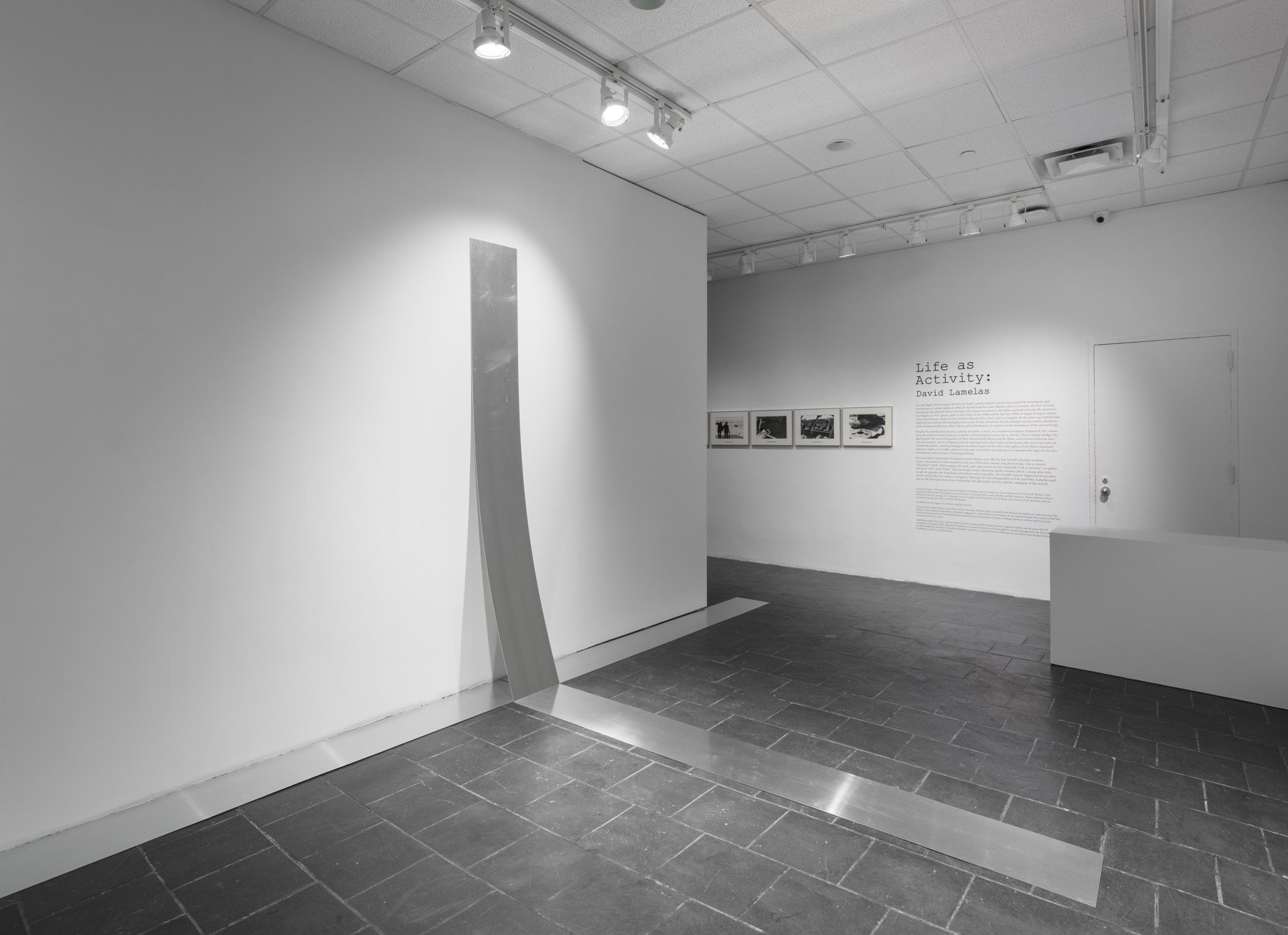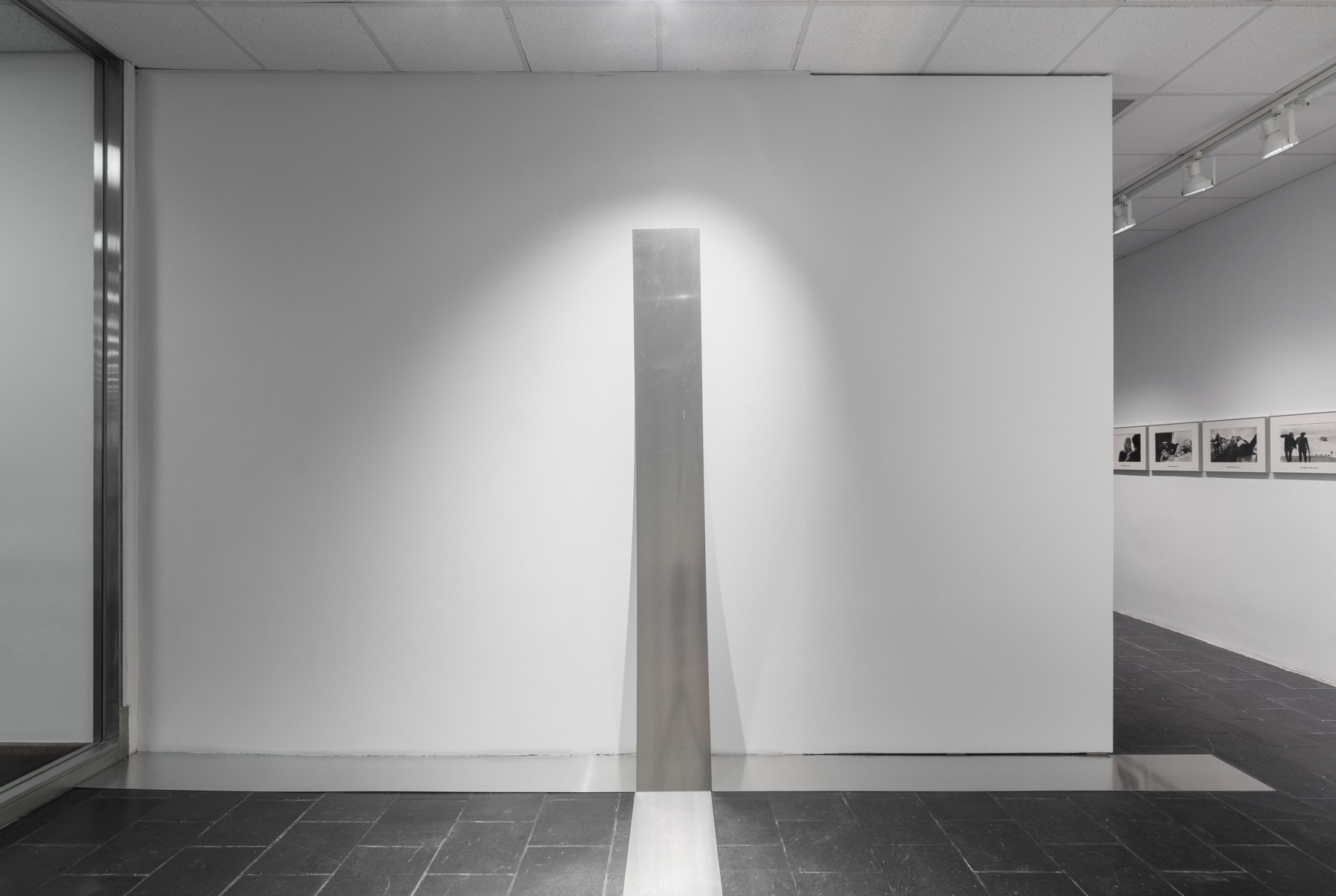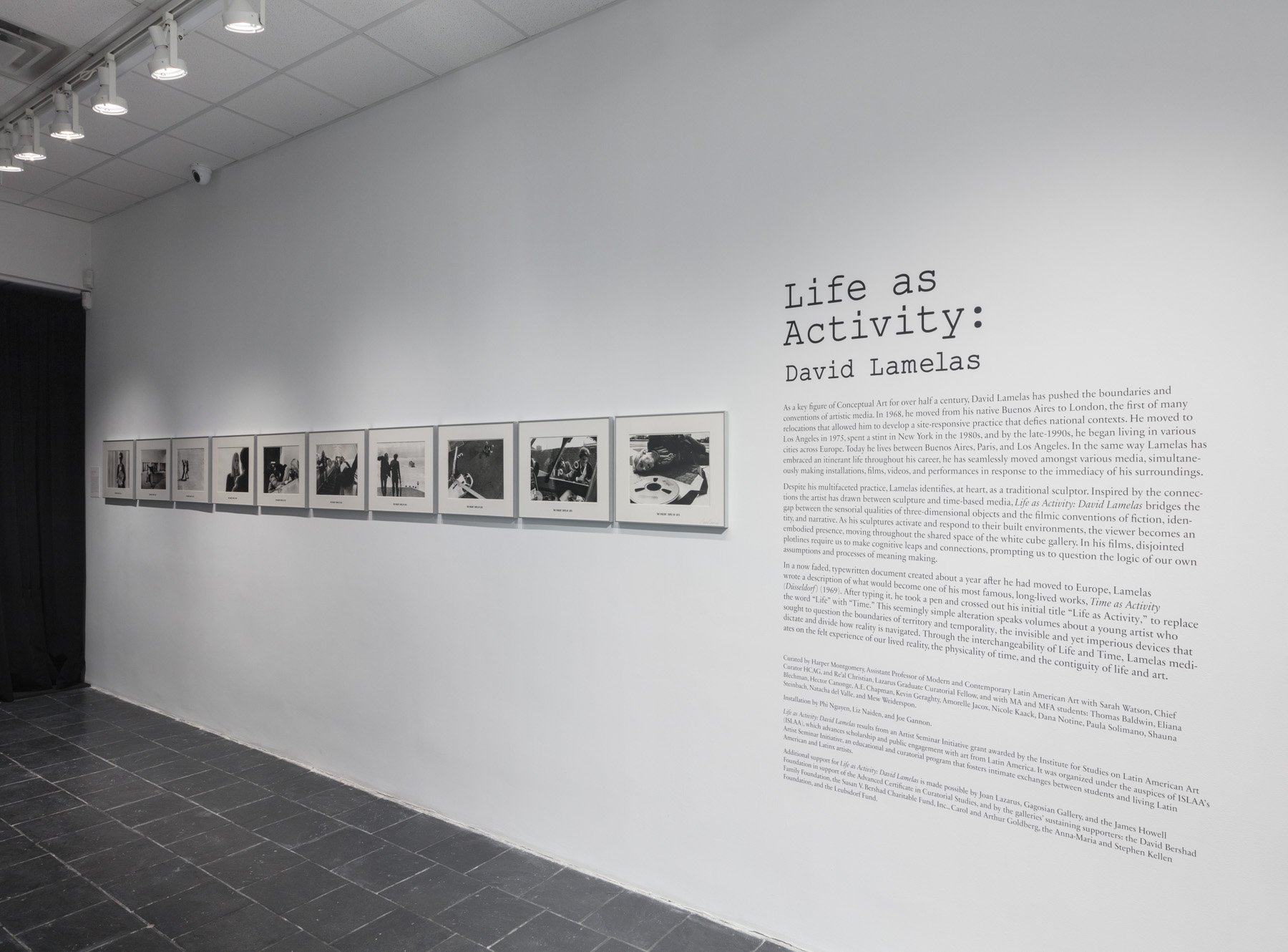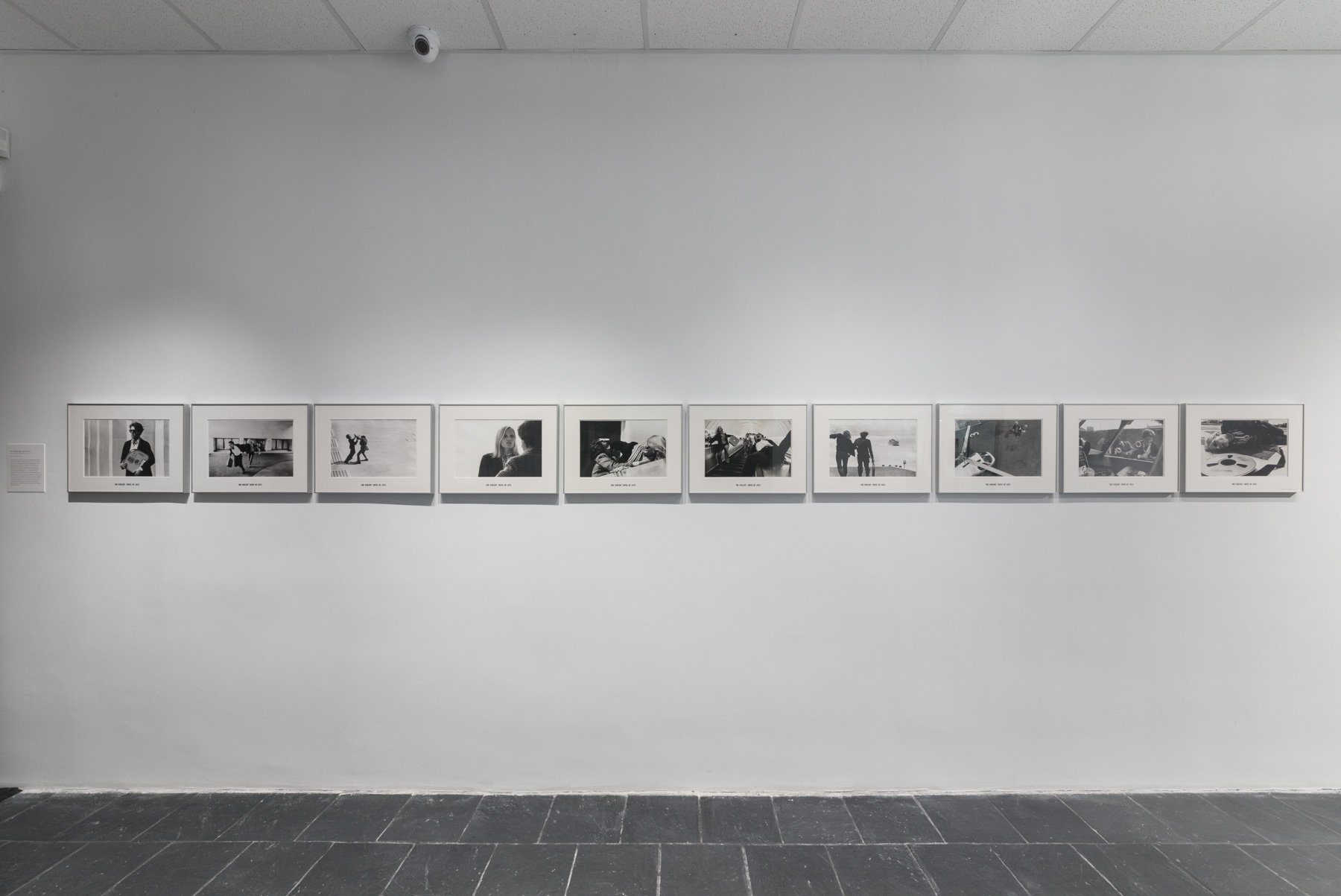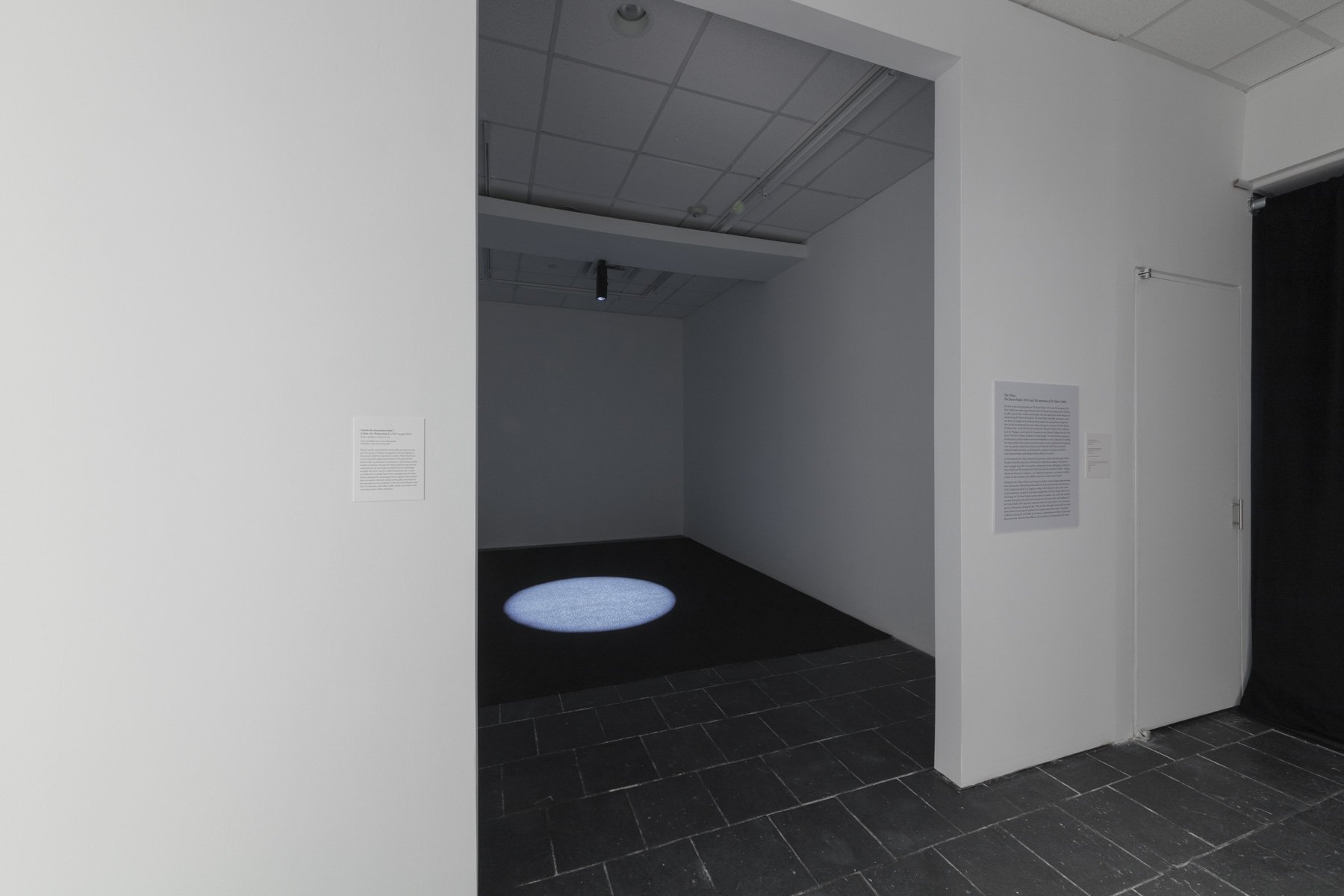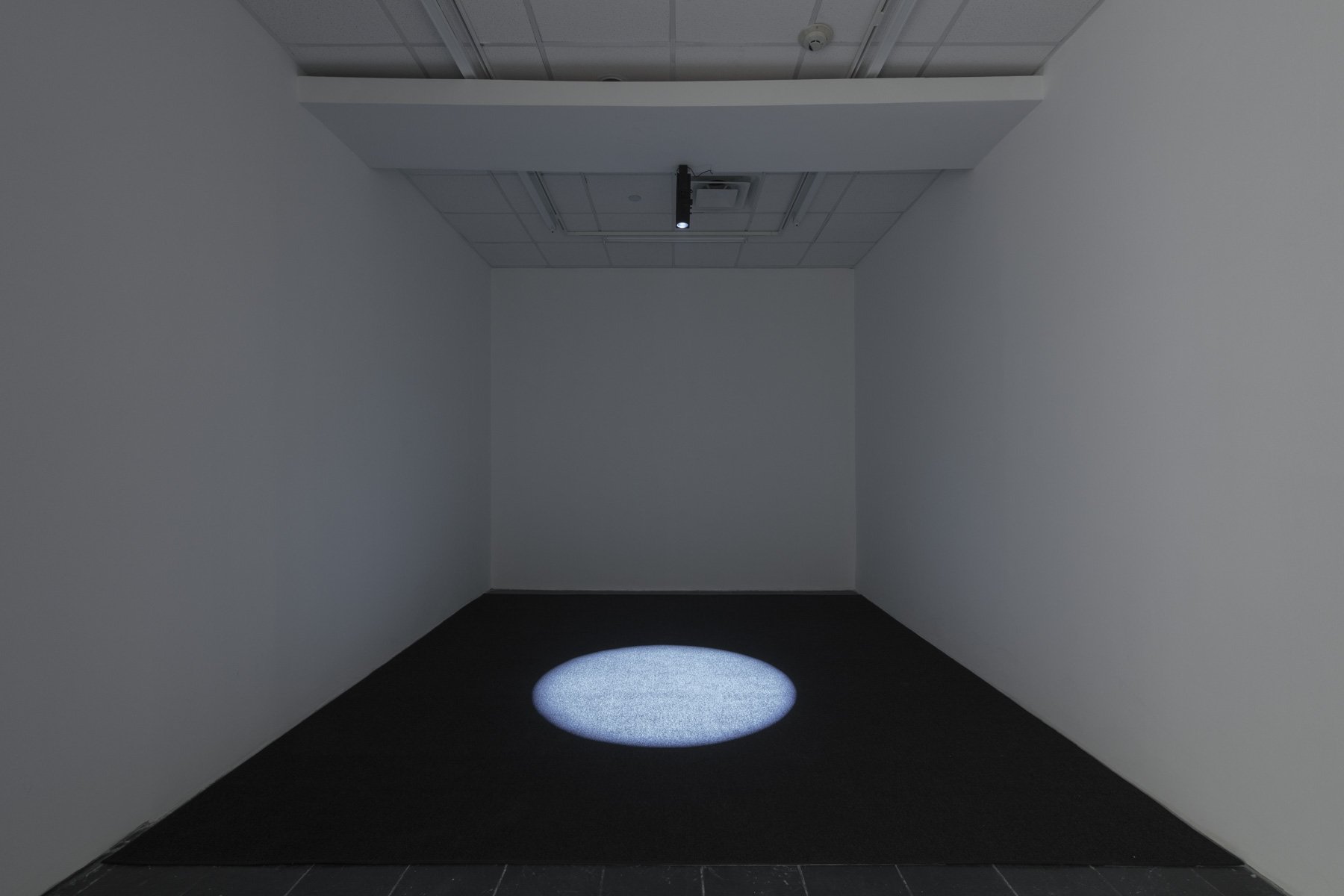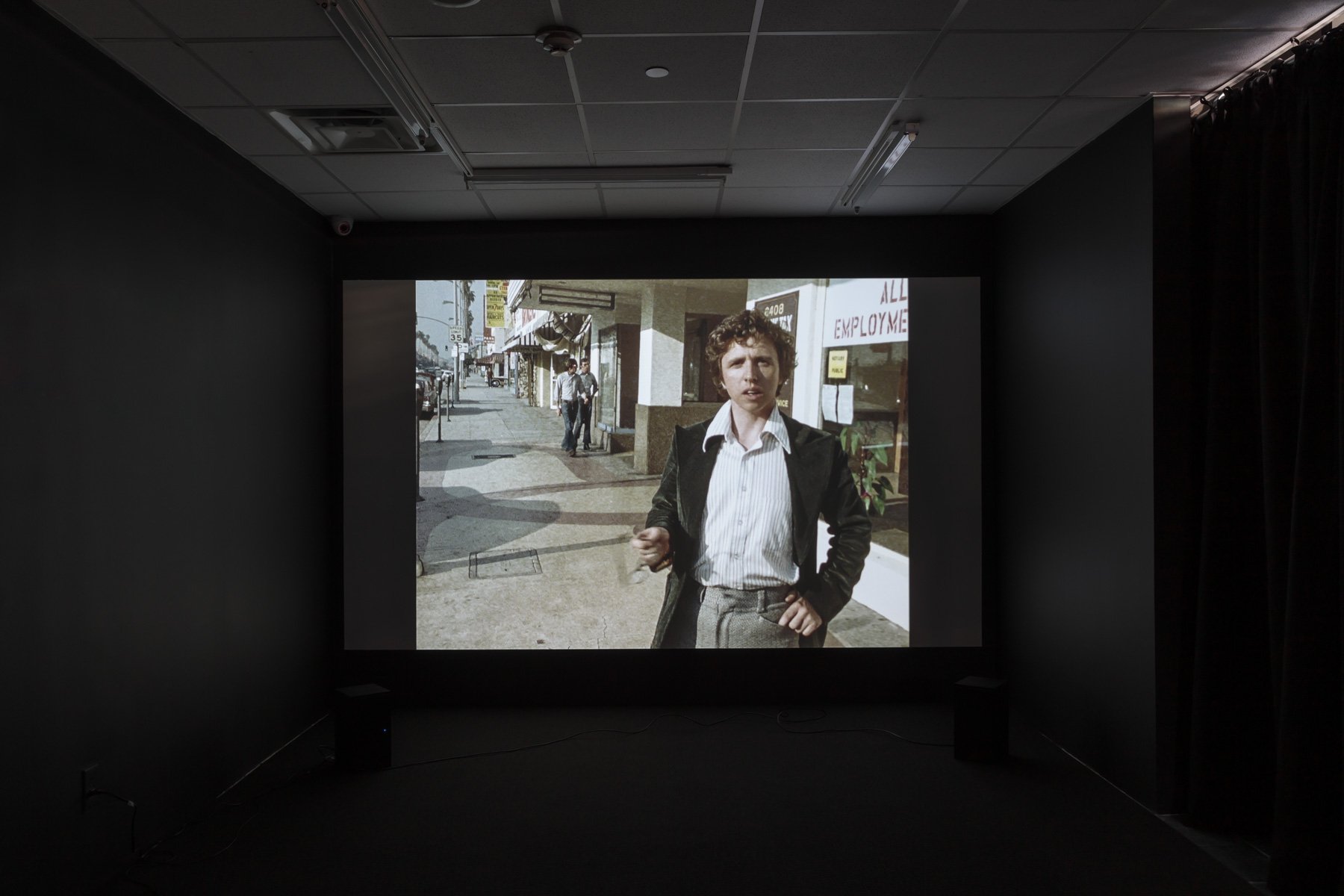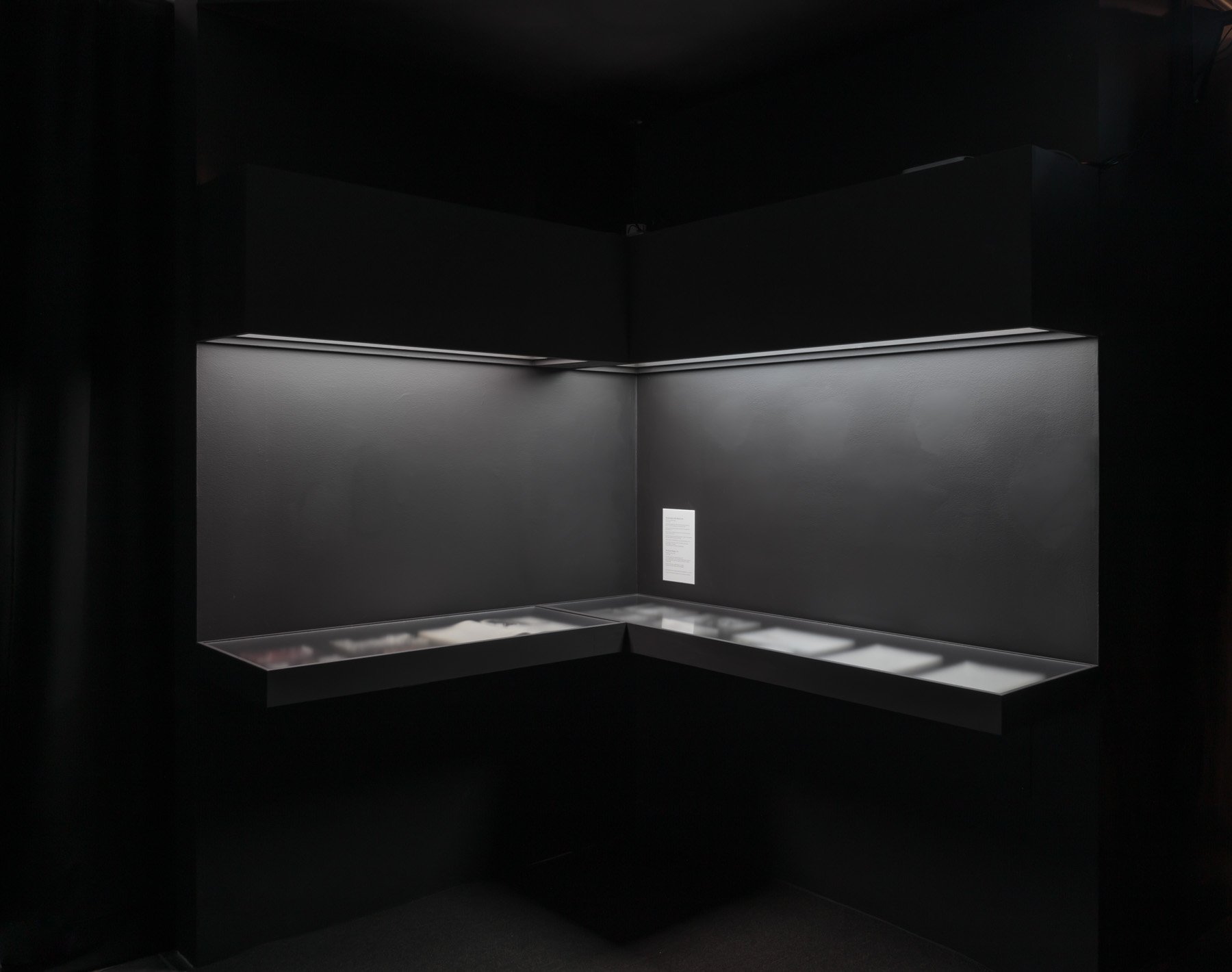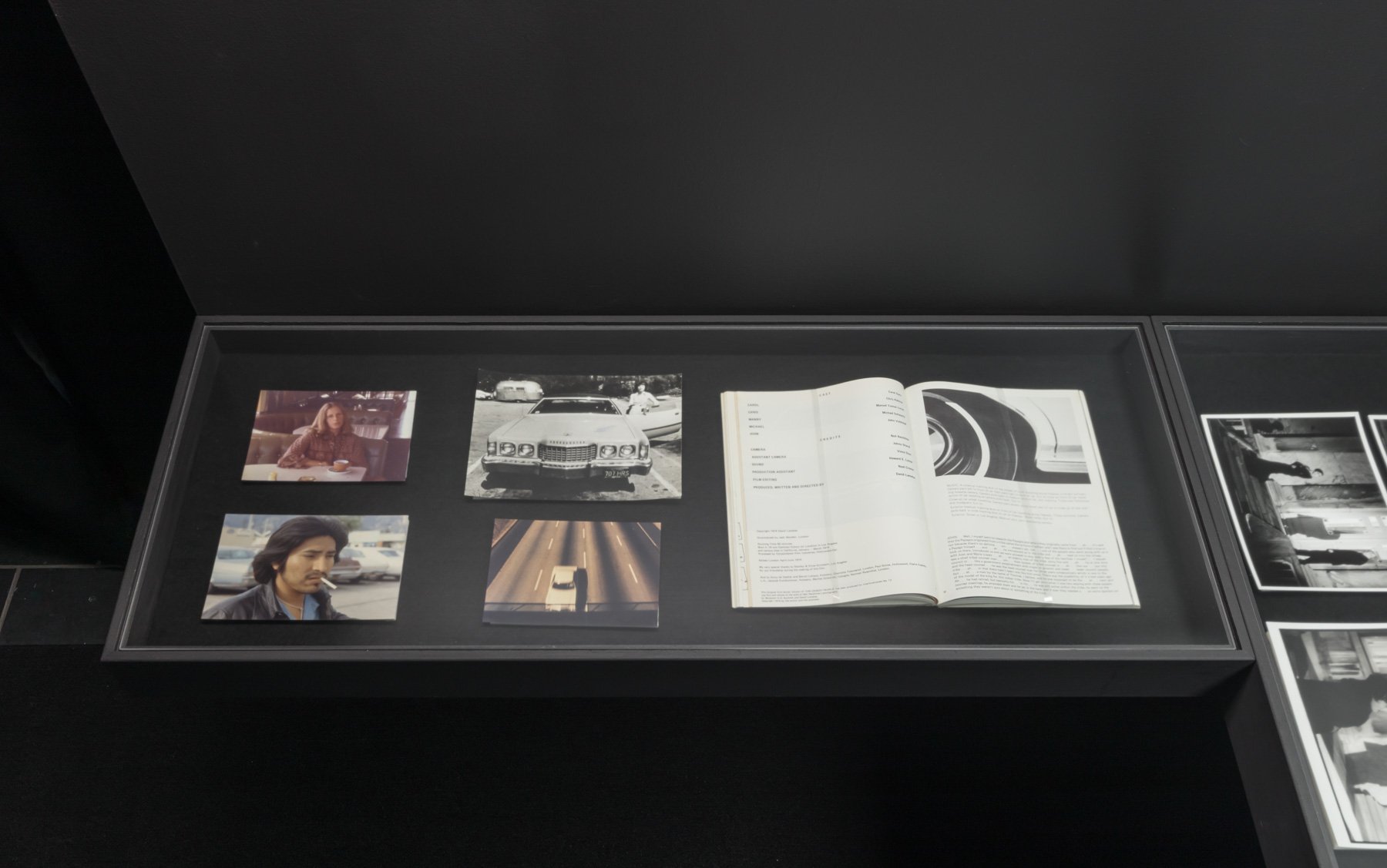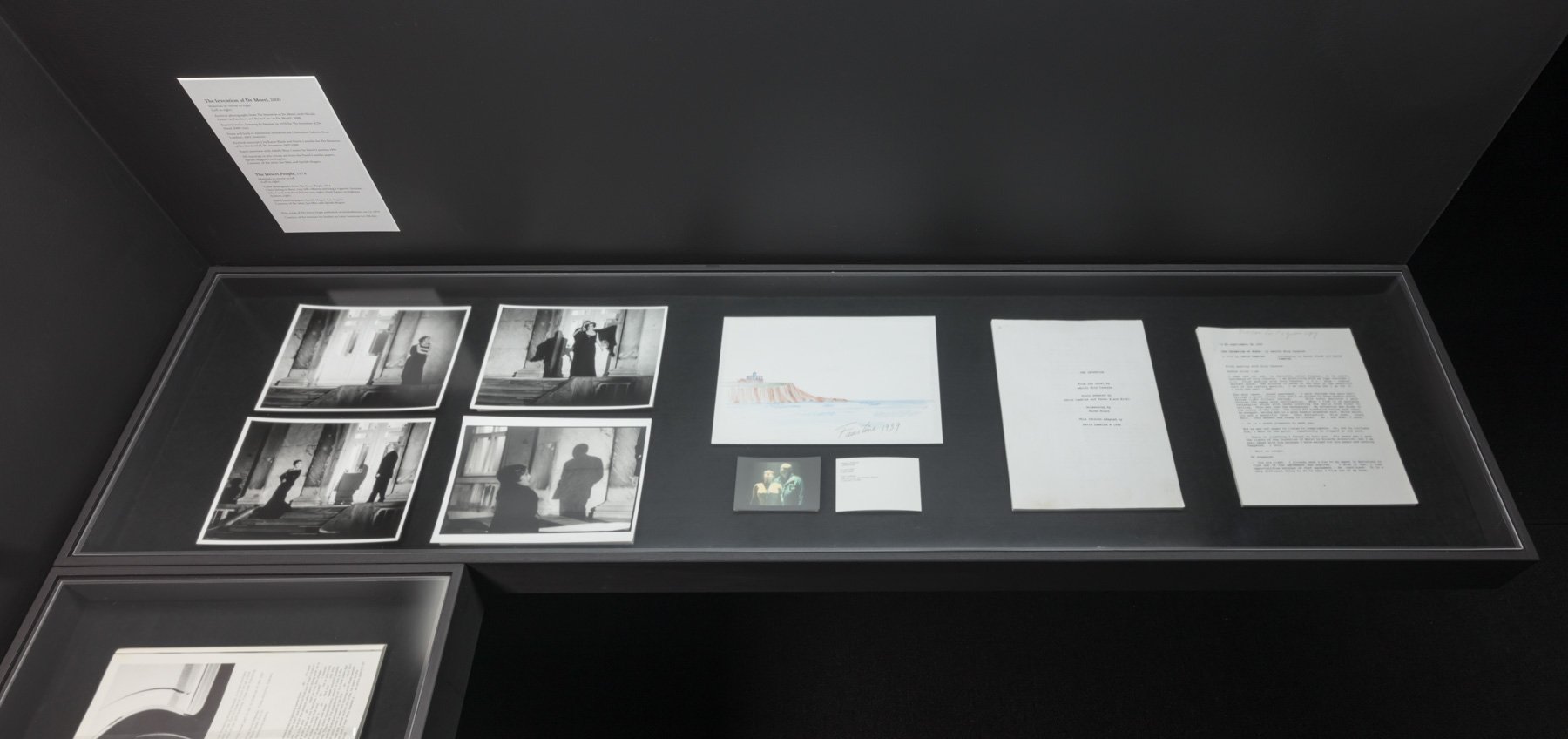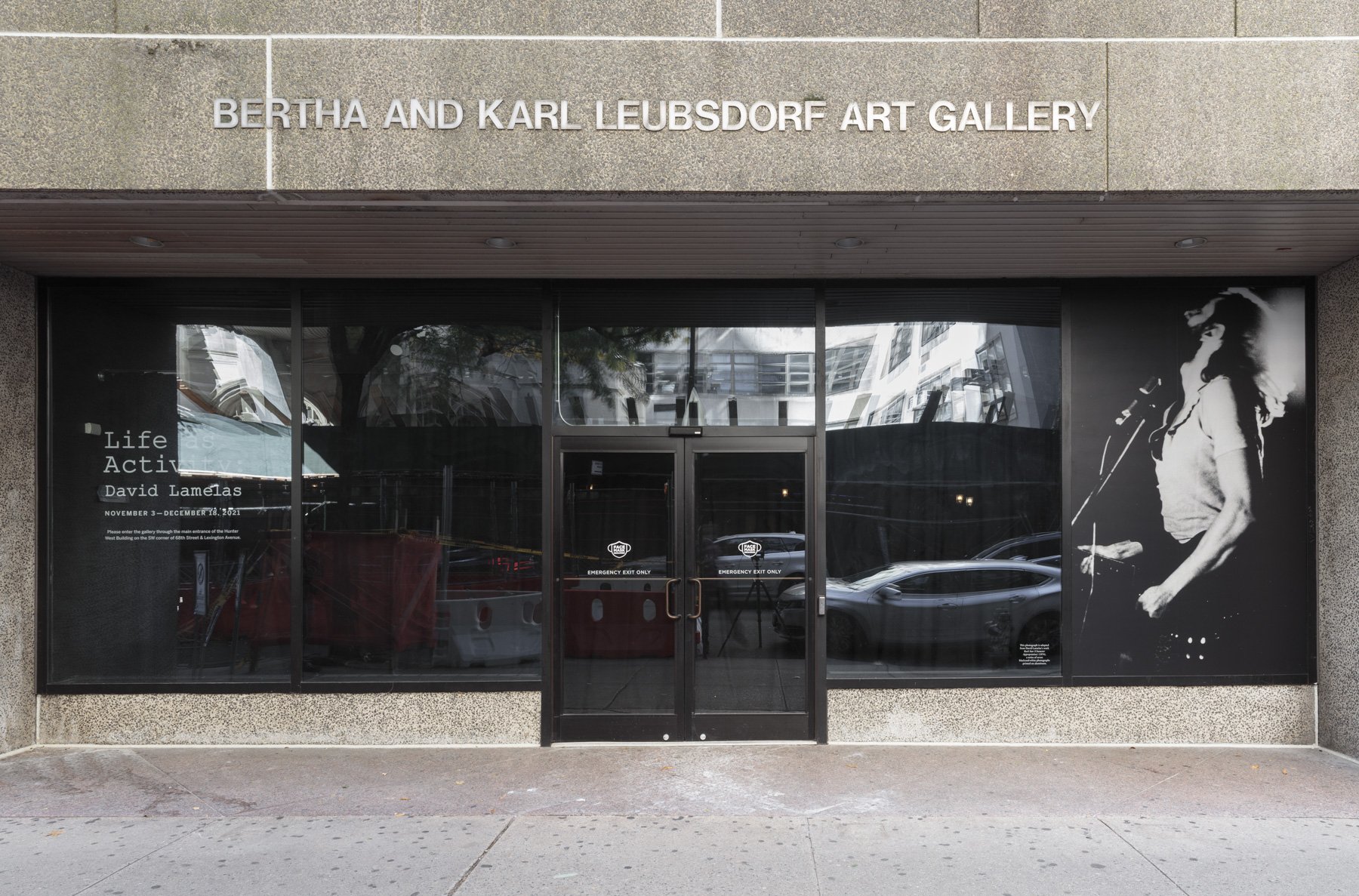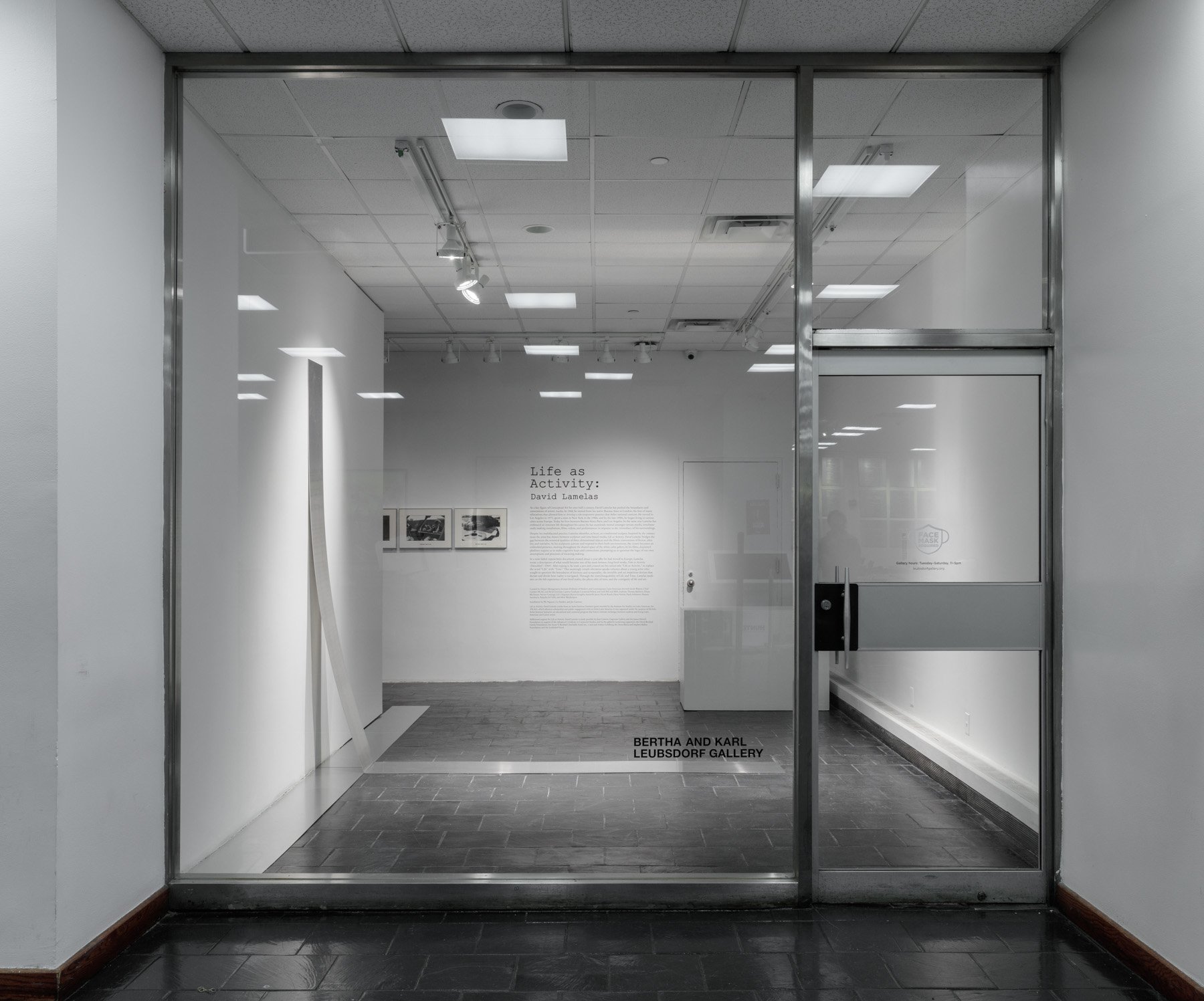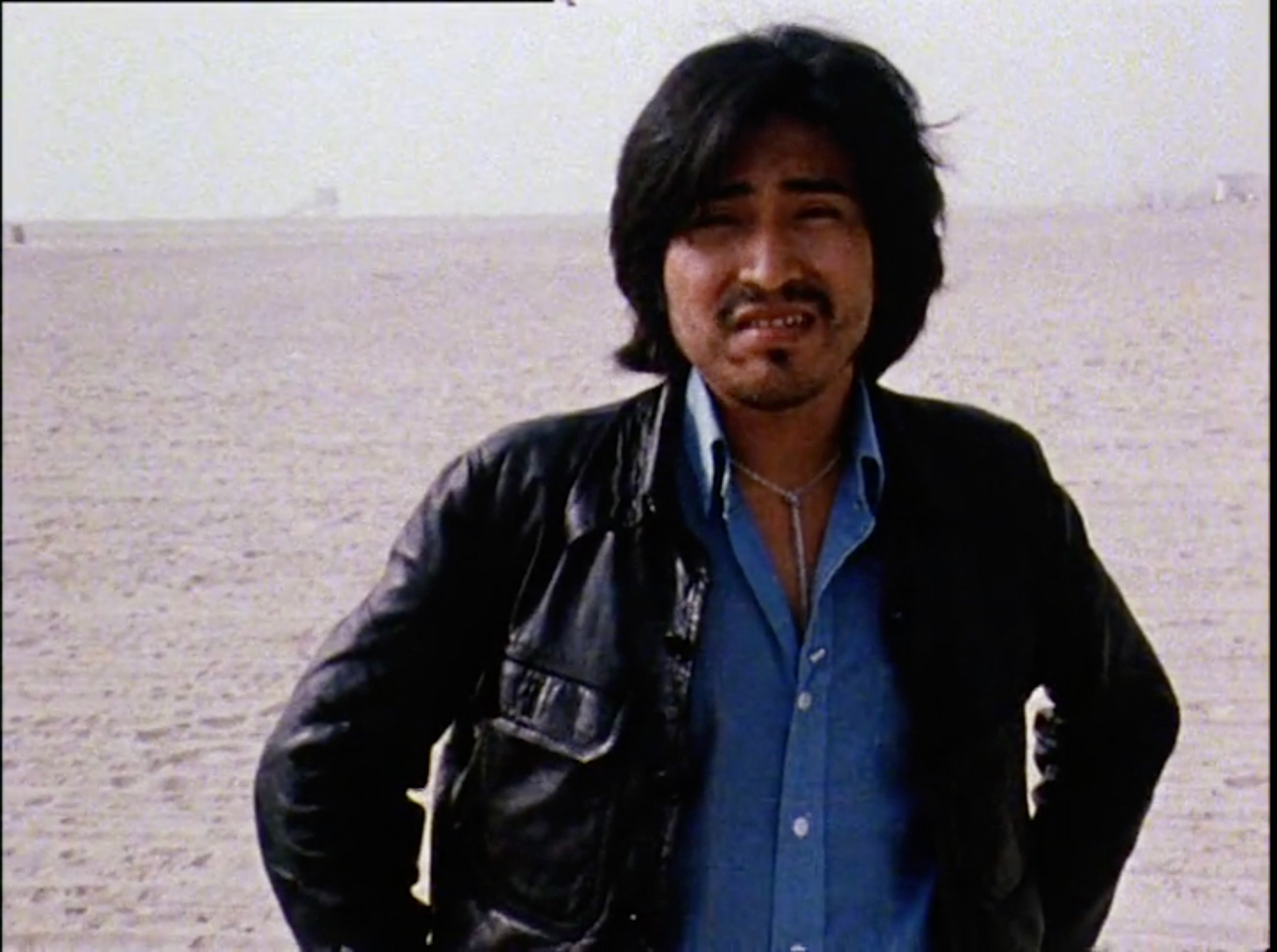Life as Activity: David Lamelas
Curated by Harper Montgomery, Professor of Modern and Contemporary Latin American Art with Sarah Watson, Chief Curator, and Re’al Christian, Lazarus Graduate Curatorial Fellow, and with MA and MFA students enrolled in the curatorial practicum seminar: The Transgressive Itineraries of Conceptualism.
Hunter College Art Galleries
Bertha and Karl Leubsdorf Gallery
132 East 68th Street, New York, NY
November 3 – December 18, 2021
Gallery Hours: Tuesday-Saturday, 11-5 pm
The Desert People (1974) and The Invention of Dr. Morel (2000) are screened as a double feature with approximately a 70 minute running time.
Screening Start Times:
11:30
12:45
2:15
3:45
The Hunter College Art Galleries are pleased to present Life as Activity: David Lamelas, an exhibition marking the artist’s first solo show in New York in more than a decade. For over half a century, Lamelas (born 1946, Buenos Aires) has made work that pushes the boundaries of contemporary art by defying conventions of artistic media. Although he is globally recognized as a ground-breaking figure of conceptual art, his explorations with the spatial qualities of film and the signifiers of identity have not been adequately investigated. Life as Activity focuses on Lamelas’s experimentation with film and his examination of identity and narrative fiction in light of his ongoing insistence that his artistic practice has always, in one way or another, been grounded in his sense of himself as a sculptor.
The exhibition brings together sculpture, film, and photography made across many decades and locations to center this aspect of Lamelas’s artistic practice. These works include two key sculptural installations he made in Buenos Aires in 1966 and 1967, Situación de cuatro placas de aluminio (Four Changeable Plaques), a moveable configuration of aluminum sheets, and Límite de una proyección I (Limit of a Projection I), a spotlight in a dark room; a series of ten photographs shot in London that pose as film stills for a non-existent movie, The Violent Tapes of 1975; and two films, The Desert People, a pseudo-documentary about a road trip to a Native American reservation which was shot in Los Angeles in 1974 and The Invention of Dr. Morel, a film based on the Argentine writer Adolfo Bioy Casares’s novel The Invention of Morel (1940), which was filmed in Potsdam, Germany in 2000. Both films will be screened on an ongoing basis at set times, which will be available on the Leubsdorf Gallery website: leubsdorfgallery.org. Showcasing the ways in which Lamelas makes us aware of how the stories we tell ourselves are shaped by encounters with space and time, all of these works invite us to participate in scenarios in which container, contained, observer, and observed become blurred.
On occasion of the exhibition, a publication has been produced that includes texts on Lamelas by Professor Harper Montgomery and students in Hunter’s graduate programs in Art History and Studio Art. Essays focus on twelve works by Lamelas and include previously unpublished materials from the artist’s papers. Published in collaboration with Hirmer Verlag, the book is distributed by the University of Chicago Press and available for purchase here.
Both the book and the exhibition have been developed in close collaboration with David Lamelas, who worked with students via Zoom on both projects during the course of the pandemic, from spring of 2020 through the fall of 2021.
Life as Activity: David Lamelas results from an Artist Seminar Initiative grant awarded by the Institute for Studies on Latin American Art (ISLAA), which advances scholarship and public engagement with art from Latin America. It was organized under the auspices of ISLAA’s Artist Seminar Initiative, an educational and curatorial program that fosters intimate exchanges between students and living Latin American and Latinx artists.
Additional support for Life as Activity: David Lamelas is made possible by Joan Lazarus, Gagosian Gallery and the James Howell Foundation in support of the Advanced Certificate in Curatorial Studies, and by the galleries’ sustaining supporters the David Bershad Family Foundation, the Susan V. Bershad Charitable Fund, Inc., Carol and Arthur Goldberg, the Anna-Maria and Stephen Kellen Foundation, and the Leubsdorf Fund.
David Lamelas first studied art at the Academia de Bellas Artes in Buenos Aires, Argentina and began to exhibit his work in the lively gallery scene there in 1963. Making sculptural installations that explored minimal forms, the materials of industry and mass media, and pop, Lamelas was at the center of the experimental avant-gardism encouraged by the critic and curator Jorge Romero Brest at the Instituto Torcuato Di Tella during much of the 1960s. After winning the prize for sculpture at the 1967 São Paulo Biennial, Lamelas traveled to Europe to represent Argentina in the 1968 Venice Biennial. Having won a scholarship from the British government to study art in London, Lamelas moved to London the same year, where he attended Saint Martin’s School of Art. In 1969 and 1970, Lamelas was invited to participate in groundbreaking exhibitions of conceptual art organized by Anny De Decker for Prospect and by Michel Claura and Seth Siegelaub in Paris. In 1969, Lamelas began to use film to explore relationships of time and space and themes of narrative and character development. A trip in 1974 to Los Angeles inspired Lamelas to investigate glamour, dramatic narrative, television, and to make works that highlighted the proximity of reality and fiction. In 1976, Lamelas moved to Los Angeles and during the mid- and late-1970s his work took the form of video and television projects investigating how stereotype and myth fashion reality in the United States. Collaborations with Hildegarde Duane during this period produced interrogations of gender and racial and ethnic stereotypes and videos that brought to light the entertainment quality of the news. Film and digital video have continued to be a focus of Lamelas’s work, along with his consistent engagement with sculptural projects. In 1997, after Lamelas and other progenitors of conceptualism appeared in the exhibition 1965–1975: Reconsidering the Object of Art at the Museum of Contemporary Art, Los Angeles, he was the subject of the retrospective, David Lamelas: A New Refutation of Time at the Kunstinstituut Melly (formerly known as the Witte de With Center for Contemporary Art). In 2006, David Lamelas, Extranjero, Foreigner, Étranger, Ausländer took place at the Museo Tamayo and Malba (Museo de Arte Latinoamericano de Buenos Aires); and in 2017 and 2018, respectively, he was the subject of one-person shows at Malba and the University Art Museum, California State University (supported by the Getty Foundation), and at the Broad Museum of Michigan State University in 2018. He continues to make work that questions boundaries and disrupts art historians’ attempts to map conventional categories onto his unclassifiable and provocative practice.

